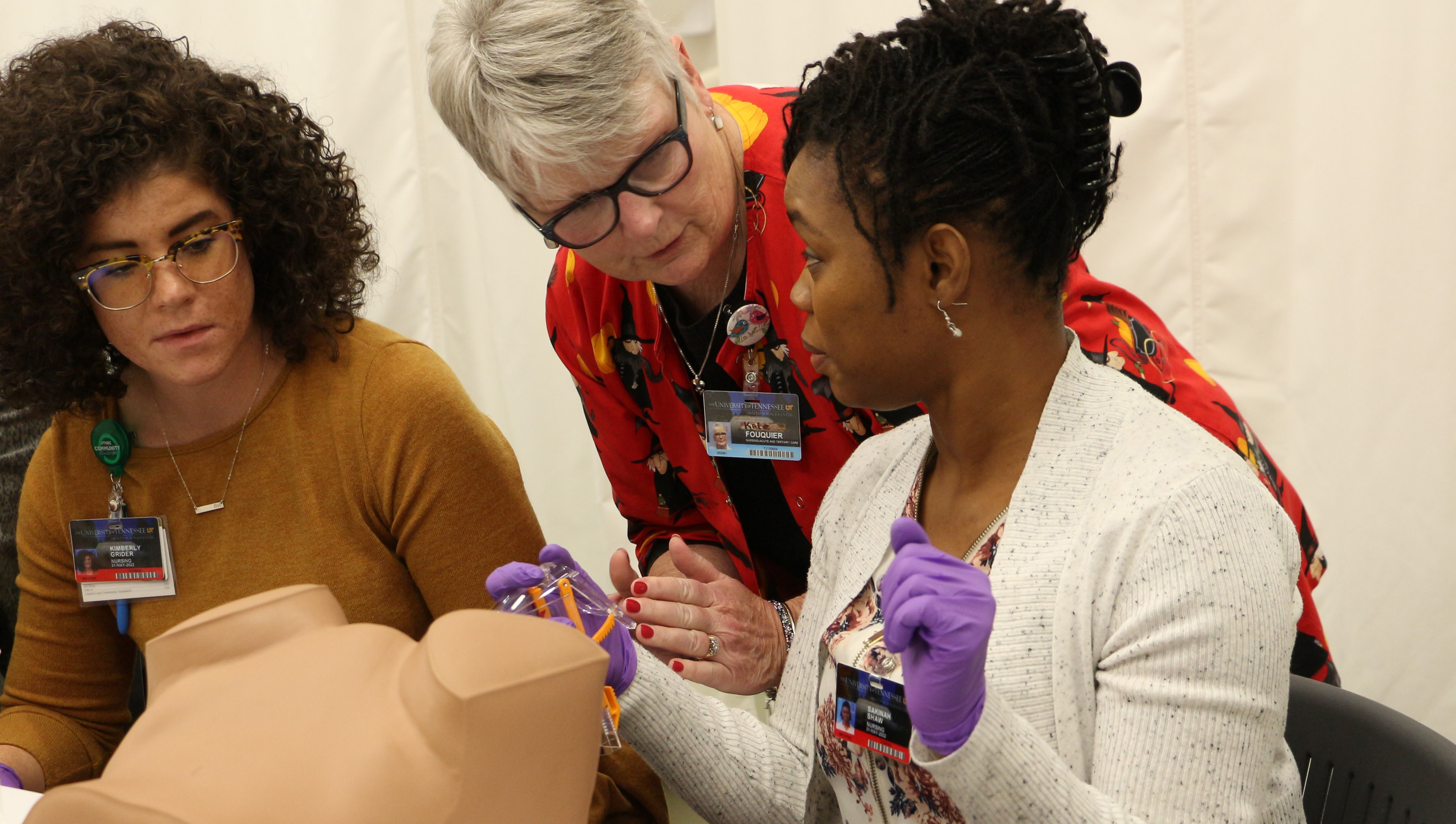DOI
10.21007/con.dnp.2022.0016
Faculty Advisor
Margaret Harvey, PhD, APRN, ACNP-BC, CHFN
Document Type
Poster
Publication Date
Spring 4-9-2022
Disciplines
Analytical, Diagnostic and Therapeutic Techniques and Equipment | Bacterial Infections and Mycoses | Critical Care Nursing | Diseases | Medicine and Health Sciences | Nursing | Other Nursing | Therapeutics
Abstract
Purpose/Background Central lines provide lifesaving uses, but they also place the patient at risk for central line associated blood stream infections (CLABSI). Catheter location, length of stay, handwashing, dressing changes, and disinfection of ports before use are all factors to prevent CLABSIs, yet sometimes these measures are not enough. Disinfecting caps are another way to decrease central line infection, however not all hospitals use this method. This scoping review aims to compare CLABSI rates with and without the use of disinfecting caps for the duration of central line use in intensive care patients.
Methods From August 2019 to September 2021, only published, peer-reviewed studies over the last nine years were included. Studies included compared infection rates with and without cap usage, quality improvement measures, implementation of caps, handwashing, dressing changes, CHG baths, and checklists. The search engine utilized was the University of Tennessee Health Science Center’s library engine.
Results This scoping review compared rates of blood stream infections before and after the use of disinfecting caps on central lines. The results are based on data extracted from ten peer reviewed, evidence-based literature sources which have been evaluated and critically appraised by all group members. The scoping review revealed that using disinfection caps, in addition to other infection prevention measures (CHG baths, dressing change protocols, checklist bundles) significantly reduced the number of central line associated blood stream infections in critically ill hospitalized patients. CLABSI prevention bundles were sometimes used in conjunction with disinfection caps to promote maximum effort in reduction of infection.
Implications for Nursing Practice Central lines are required for the care of some of our sickest patients, which are also at the largest risk of opportunistic infections. In addition to maintenance bundles that include sterile placement, routine dressing changes, and cleaning ports prior to access, the use of disinfecting caps provides a physical barrier from infection. With the use of disinfecting caps, maintenance bundles and continuous quality improvement efforts, the hope is to continue to decrease the number of CLABSI and provide patients with evidence-based care.
Recommended Citation
Person, Marianne E.; Biggs, Jessica; Ross, Elizabeth; and Harvey, Margaret PhD, APRN, ACNP-BC, CHFN , "Central Line Associated Blood Stream Infection Prevention with use of Disinfection Caps: A Scoping Review" (2022). Doctor of Nursing Practice Projects. Paper 16. http://dx.doi.org/10.21007/con.dnp.2022.0016.
https://dc.uthsc.edu/dnp/16
Included in
Bacterial Infections and Mycoses Commons, Critical Care Nursing Commons, Other Nursing Commons, Therapeutics Commons



